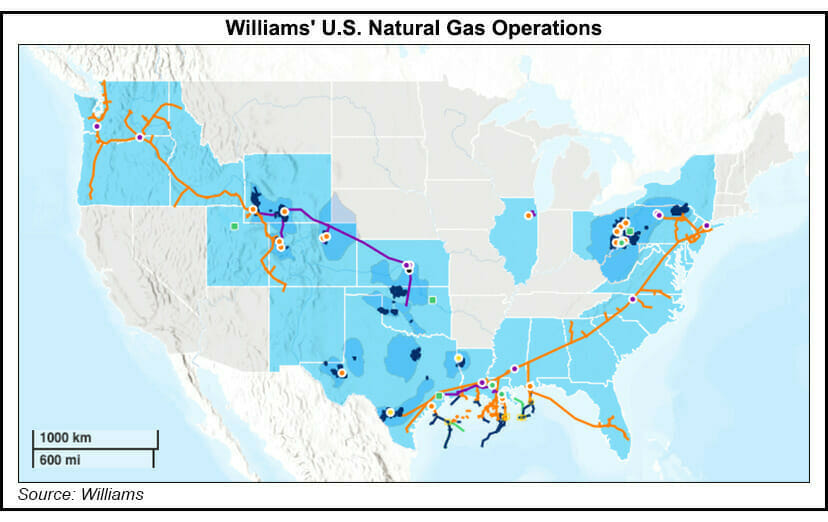Energy Transition | E&P | Infrastructure | LNG | LNG Insight | NGI All News Access | NGI The Weekly Gas Market Report
Williams Exec Says More Industry-Led Certified Natural Gas Initiatives Needed to Build ‘Common Currency’
© 2024 Natural Gas Intelligence. All rights reserved.
ISSN © 1532-1231 | ISSN © 2577-9877 | ISSN © 1532-1266 |



